Native Americans leave their mark in Ohio
November is National Native American Heritage Month. Read more to discover Ohio’s own American Indian heritage.
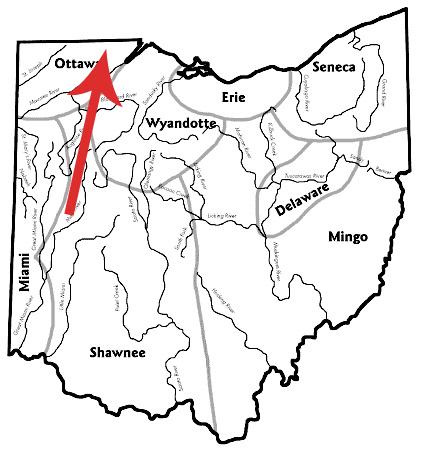
Map of Indian tribes of Ohio in the 18th century. The important Battle of Fallen Timbers is indicated by the red arrow.
Since the very beginning, American Indians have been an important focus in American culture. From the savage Indians of American Westerns to games of Cowboys and Indians, both imaginary and real Native Americans have always infiltrated the American psyche. In order to look through the shallow representations of Native Americans pervasive in our culture, it is important to recognize that November is National Native American Heritage Month.
While Indians are routinely caricatured and parodied, many Americans forget that Native Americans have suffered more than any other group in American history. From the beginning of American history, America’s first inhabitants have been subjected to forced migration, genocide, and devastating diseases brought by Europeans.
American History teacher Mr. Flaherty thinks that “Americans are ignorant to the legacies of a lot of minorities in general”. Chief among these minorities are the American Indians. Too many Americans are ignorant to the fact that before colonists built cities and trading posts, hundreds of tribes inhabited the whole nation’s vast lands, not just the western Great Plains as shown in movies. It is important to realize that the state of Ohio even has its own important Native American heritage.
Among the earliest American Indians in what would become the territory of Ohio were the Fort Ancient people, a mound building culture. The Fort Ancient Indians lived along the Ohio River region in what is now southern Ohio, northern Kentucky, and western West Virginia. Northern Ohio was originally inhabited by the Erie, an Iroquois speaking tribe. During the Beaver Wars of the mid-17th century, the Iroquois Confederation devastated the Ohio Territory. When the Iroquois Confederation finally gained control of the area, the region was left largely depopulated.
The population void left in the war’s aftermath was filled by many different tribes. Among these were the Mingo, Delaware, Ottawa, and Chippewa tribes. However, one of the largest tribes in Ohio was the Shawnee. The Shawnee were a semi-nomadic Algonquin people who have also inhabited parts of Illinois, Indiana, Kentucky, Pennsylvania, Virginia, West Virginia, and western Maryland at various times. Next to the Shawnee, the other large tribe was the Miami, another Algonquin people who inhabited western Ohio.
During the French and Indian War from 1754-1763, Ohioan tribes fought on the side of both the French and British. After the war’s end, British passed the Royal Proclamation of 1763, which declared that colonists could not settle west of the Appalachians as the former French land would be reserved for the Indians. In 1774, the Quebec Act made the Indian lands part of British Quebec.
However, it was the Revolutionary War that would shape the history of Ohio’s native inhabitants. During the American Revolution, as in the previous war, American Indians fought on both sides. At the Treaty of Paris in 1783, the southernmost portion of Quebec was ceded to the United States as the Northwest Territory. The Northwest Territory would become Ohio, Indiana, Illinois, Michigan, Wisconsin, and part of Minnesota. Wishing to assert U.S. authority over the region to protect settlers from Indians, George Washington ordered the U.S. army into the Northwest Territory during the Northwest Indian War.
The United States faced the Western Confederation, a united front of tribes including the Shawnee, Miami, Wyandot, and numerous others. In 1791, forces led by the Miami chief Little Turtle of the Western Confederacy decimated the American army at Fort Recovery, Ohio. The disaster is now known as St. Clair’s Defeat after the American General Arthur St. Clair. After dismissing General St. Clair, Washington put General “Mad Anthony” Wayne in charge of U.S. forces in the Northwest Territory. In 1794, Wayne’s Legion of the United States finally defeated the Indians at the battle of Fallen Timbers, near Toledo, Ohio. The defeated Indians signed the Treaty of Greenville in 1795, which finally ceded most of the Ohio territory to the United States, setting the stage for Ohio’s statehood in 1803.

In modern times, there are no federally recognized Native American tribes in the state of Ohio. Most of the area’s original inhabitants either died out or were pushed out as the United States expanded. The Shawnee continued to roam until they finally settled on reservations in Oklahoma. The Shawnee now have three federally recognized tribes residing in Oklahoma. These are the Absentee-Shawnee Tribe of Indians of Oklahoma, the Eastern Shawnee Tribe of Oklahoma, and the Shawnee. The Miami likewise also vacated their homeland and settled in Oklahoma, where they have only one federally recognized tribe, the Miami Tribe of Oklahoma.
Even though American Indians are no longer a major presence in the Buckeye State, they left an important legacy. Lake Erie gets its name from the Iroquois-speaking Erie tribe. The Shawnee give their name to Shawnee Lookout and Shawnee, an area of Miami Township in our Hamilton County. The Miami tribe has given its name to the Great and Little Miami Rivers. They have given their name to places such as Miami Township, Miamitown, New Miami, Miami County, and so many others. Many people don’t know that Miami University takes its name from Miami Indians and that their mascot used to be the Redskins. “They used to be the Miami Redskins. Then a big racial issue came up and they changed their name to the Redhawks,” according to Mr. Flaherty. Native Americans have even influenced the Ohioan landscape in some places. The Serpent Mound, built by the Fort Ancient culture, is located in Peebles in Adams County.
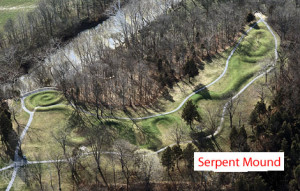
Perhaps the most important legacy of Native Americans is the name of Ohio itself. The name “Ohio” comes from the Seneca-Iroquois word “Ohi-yo”, meaning “good river”. Every day, we use an Indian word without even knowing it. We too often forget that Indians lived on the very ground we walk on today.
Coach Flaherty says, “They definitely don’t get the credit they deserve for a lot of the stuff they gave us.”
During this Native American Heritage Month, please be mindful and respect the legacy that Native Americans have left not only in our country, but especially in our special state of Ohio.





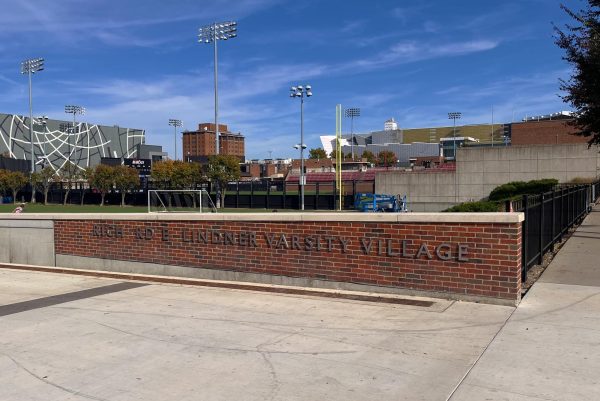
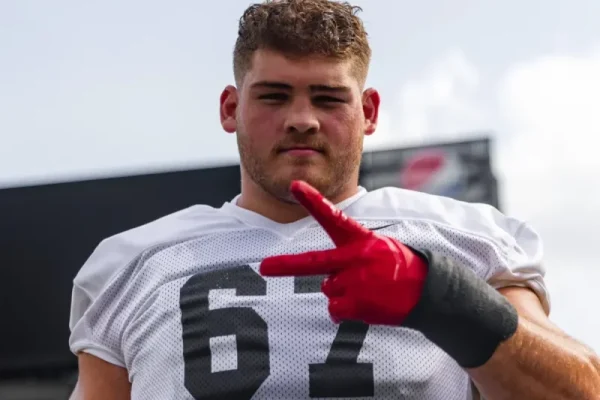
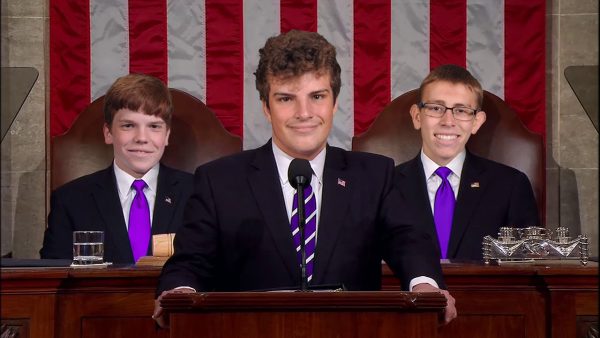

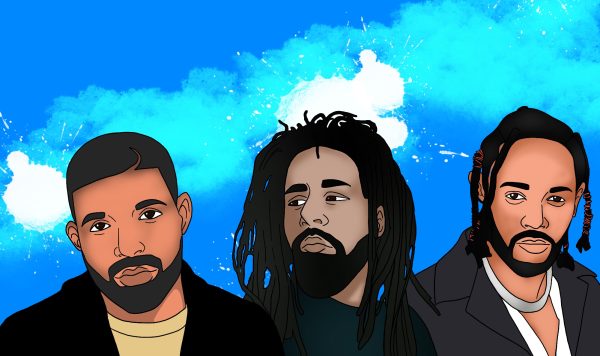

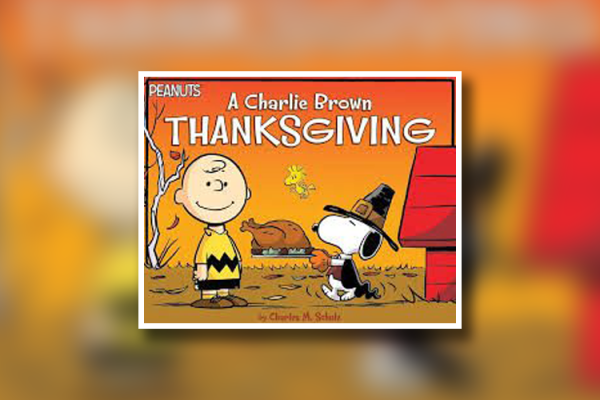


Zoe • Jan 19, 2021 at 10:54 am
You should read the book “Indigeneous Prosperity and American Conquest” by Susan Sleeper-Smith and learn a more thorough and accurate history of the battles you reference in this article. The native people of Ohio left much more than their names behind.
Linda Deavours • Mar 26, 2016 at 11:13 am
I enjoyed this article . It presented a number of interesting points . Being an Oklahoman , I know of the disadvantages that have plagued our first Americans . Thank you for this writing .
Yours,
Linda Deavours
david • Sep 15, 2018 at 2:42 pm
Native Americans were robbed of their land…stolen right out from under their feet…i believe our government should take care of what native Americans are left for free…these native Americans are struggling with poverty because No one wants to do with them…that’s just wrong…
One day I hope they rise again and fight for what is rightfully theirs…I’ll be right there with them…